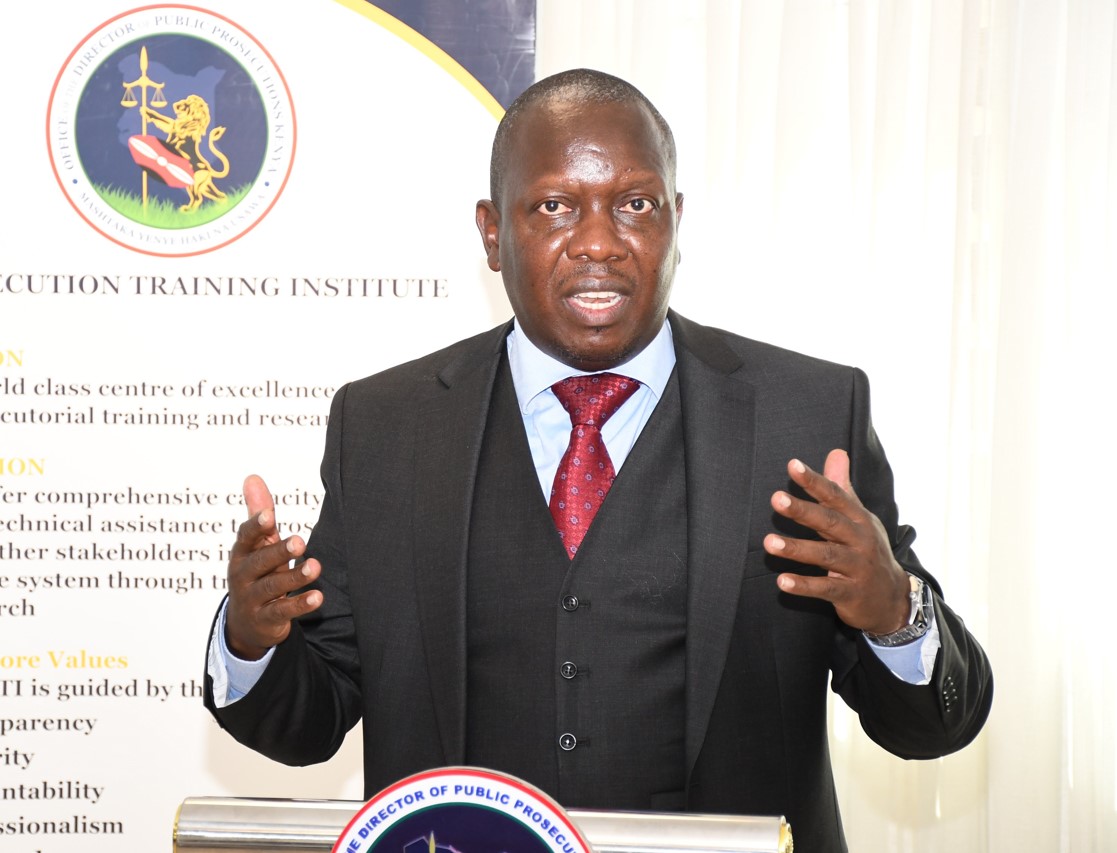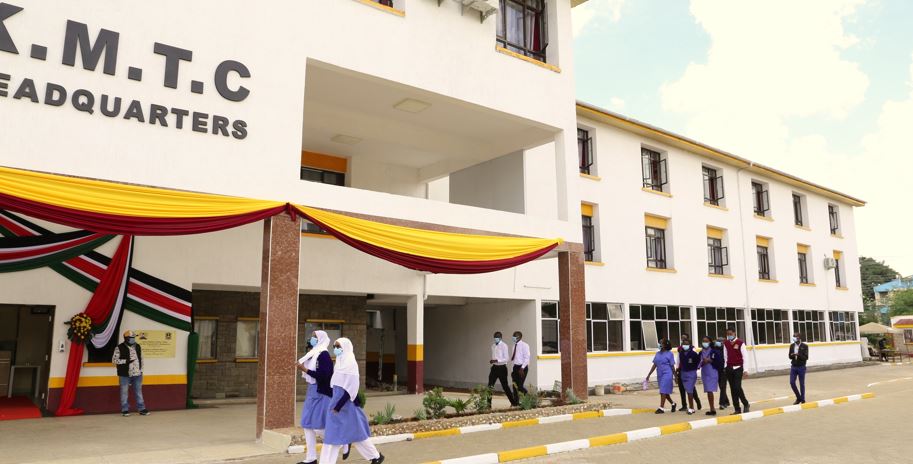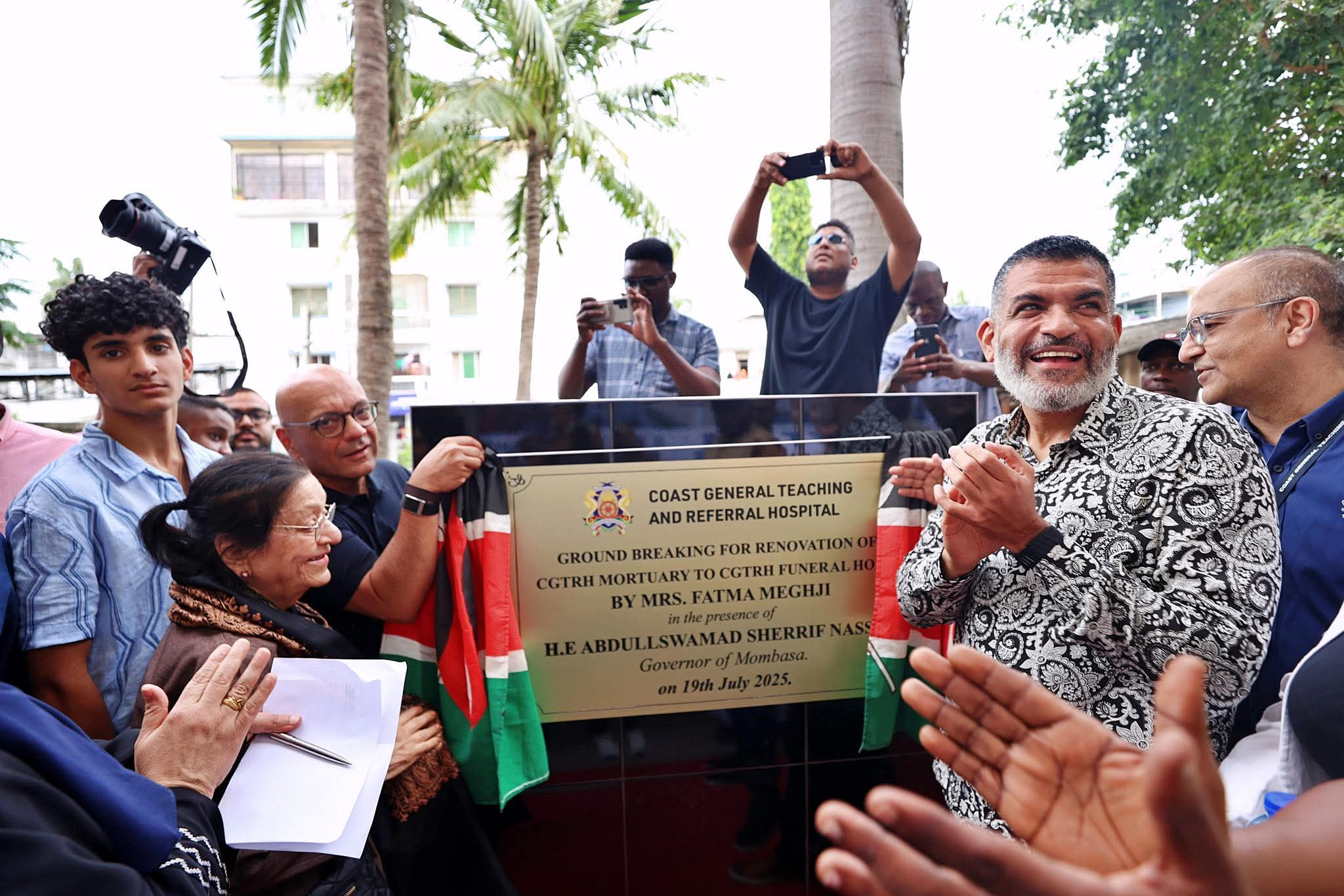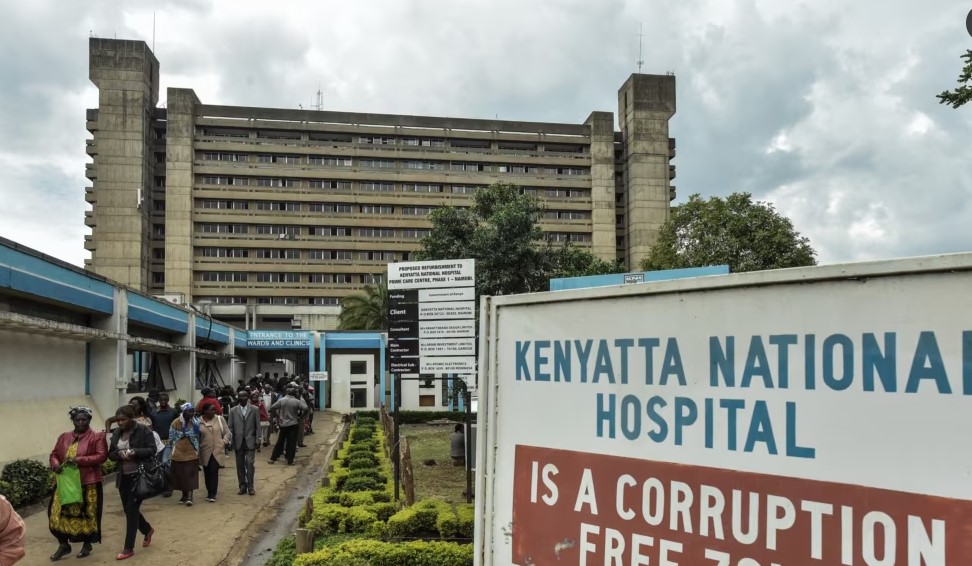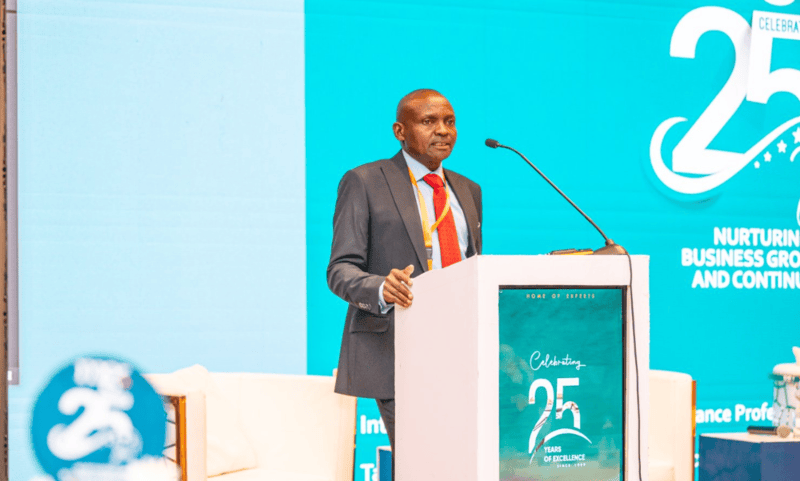Eastleigh’s transformation: High-rises and selfie spots amidst growing pains
Welcome to Eastleigh, the fastest growing neighbourhood in Nairobi city whose potential is derailed by a lack of proper planning and delayed expansion of its existing amenities.
The towering Business Bay Mall and the surrounding high-rise commercial buildings along General Waruinge Road in Eastleigh have become a sight to behold for Nairobi residents seeking a nice spot to take a selfie or capture the city's ever-changing landscape.
The location offers a breathtaking backdrop that gives the impression of a Mini-Dubai.
Welcome to Eastleigh, the fastest growing neighbourhood in Nairobi city whose potential is derailed by a lack of proper planning and delayed expansion of its existing amenities.
More To Read
- Mahiza Cafe and Bakery: Eastleigh’s chocolate and dessert factory serving pistachio dreams, boba, and halal elegance
- How Eastleigh rewrote its colonial name into a Kenyan-Somali powerhouse
- Eastleigh man transforms neglected 13th Street roundabout into flourishing maize farm
- Japanese Embassy officials tour Kamukunji, praise local innovation and enterprise
- Eastleigh traders urge City Hall to address street vendor clashes, poor roads, waste crisis
- Somalia Independence Day celebrations banned in Eastleigh over security fears
It is arguably one of the most populous neighbourhoods of Nairobi, mainly during the day and increasingly at night as its evolving landscape continues to attract more middle-income earners who are renting out accommodation in its upcoming modern flats.
The growth has also triggered a demand for land with existing low-level houses now being pushed to sell their properties to pave way for the changing landscape. But even as that happens, locals argue that delayed expansion of existing roads, sewer and water systems, and power capacity has become a constant challenge that is limiting the area's potential.
To begin with, John Onyancha a matatu driver who plies that route daily believes a repair of the road connecting Juja Road to Eastleigh at Kariokor if repaired would help ease and speed movement of vehicles in and out of the neighbourhood.
"That section is quite bothersome and it gets worse when it rains. If repaired, it can definitely add to the changing look of the area," he said during one of his trips on Thursday.
Onyancha is amongst the many drivers that ferry people in and out of Eastleigh daily for a living, though he cannot give an exact estimate of the population that comes in by day and leaves in the evening, he says, each day he makes about five trips to and from each with passengers filled to capacity.
"I am just one of the drivers plying this route using a 14 seater matatu and we are many in our Sacco. Other Saccos use the same matatus as others deploy mini-buses, it's a busy route," he adds.
For locals, what needs to change are issues that affect their day-to-day living.
Fazul Abdul says he has lived in Eastleigh almost all his life until recently when he moved to South B.
"I went to High school here and I still frequent this neighbourhood because some of my relatives live here. Back then, California was green and spacious, children would play on the road and so forth. Today, the estate looks different, it is a sharp contrast from the bungalows we had then to the high-rise buildings of more than 10 floors that are spread across Eastleigh," he observes.
His concern however is that there seems not to have been a deliberate expansion plan of the existing amenities like piping systems, power lines and road networks, which he says have led to the chaos that is experienced today with constant traffic, water shortages and power outages.
"I think the piping system still in use was built in the 1980s and 1970s when the population target was lower. With the increasing population, the system can no longer hold, there's a water distribution challenge. Power lines overload is also a constant feature because then they were targeting bungalows with say five housing units and a public toilet but have been stretched to cater to flats each floor with five units', the drainage pressure is no longer holding," he said.
The cost of these challenges has been transferred to the investors who now have to look for water bowsers to supplement apartments that do not get enough water from the Nairobi City Water and Sewerage Company, install generators to keep business running in malls, business complexes and schools.
Kelvin Isalambo, a bodaboda rider based at California said some of the constraints have emanated from a rise in the population of people residing in Eastleigh which he says should be managed but again wonders how such a natural phenomenon can be managed.
"The population is so high, it's not easy to manage. Maybe a solution would be to check on existing amenities to make them hold the current population. Because, drainage for example, is bad and if the buildings continue to rise higher and higher, managing it will prove to be a disaster," he said.
He added that the problem of garbage management remains a key issue that if left unaddressed, will always taint the changing face of the neighbourhood.
"As you go down to the other streets, you find that garbage is constantly dumped along the roads at night and such scenes are such an eye sore. Something needs to be done about that so that the neighbourhood can be clean," he says.
In terms of security, Kelvin said the management of that "is okay".
Top Stories Today
